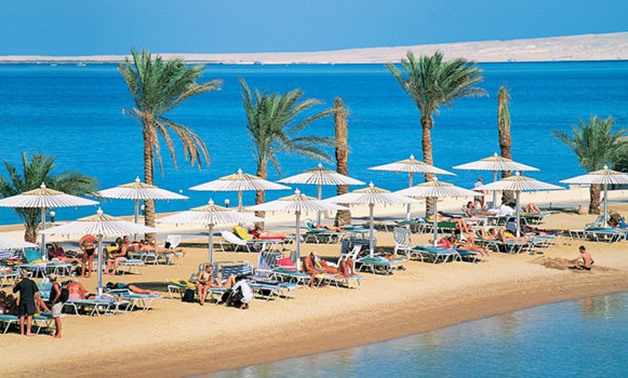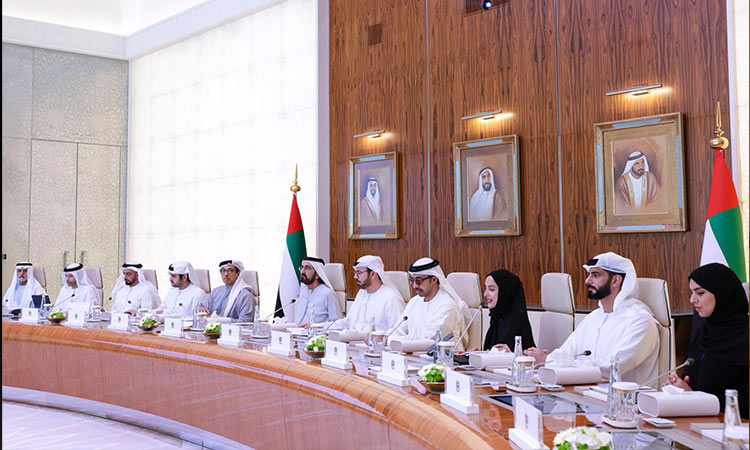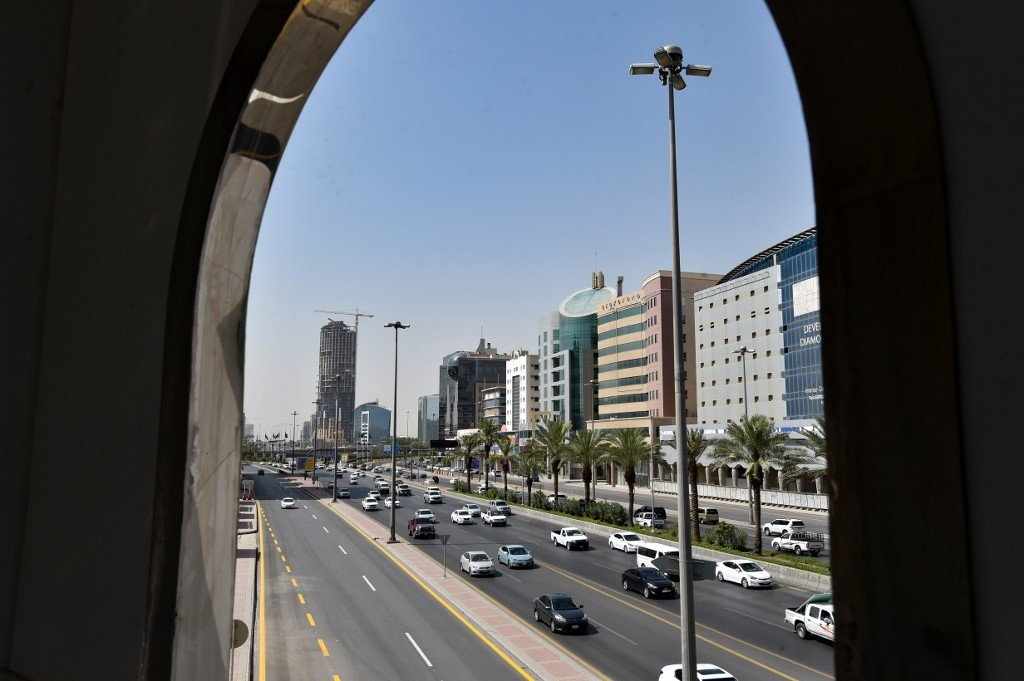Five key stages for developing the tourism sector across the Middle East
- Date: 08-Dec-2020
- Source: Gulf Business
- Sector:Tourism
- Country:saudi-arabia-top-picks
Five key stages for developing the tourism sector across the Middle East
Despite the disruption of the Covid-19 pandemic, tourism remains a significant long-term opportunity for the GCC countries and Egypt. If these countries put into action a systematic plan for sustainable progress, they can develop their tourism sector rapidly and establish themselves as a major force in the global tourism market.
The GCC and Egypt understand tourism's important role in economic diversification, growth, and job creation. After all, the sector contributed more than 10 per cent of global GDP in 2019. In the Middle East, however, ambition has often exceeded performance. With the notable exceptions of Bahrain and the UAE, the number of travellers per head in 2019 hovered only between 0.1 and 0.7. This is compared, for example, with 1.8 and 3.3 in Spain and Singapore respectively.
A systematic approach to developing the sector over the long term involves a tourism journey traveling through five stages.
The first stage is for governments to define their national tourism visions and plans. Plans should incorporate key targets, such as the desired image as a tourist destination, the number of travellers sought, and the intended tourism contribution to GDP and job creation. For example, Saudi Arabia is looking for 100 million domestic and international tourists






















